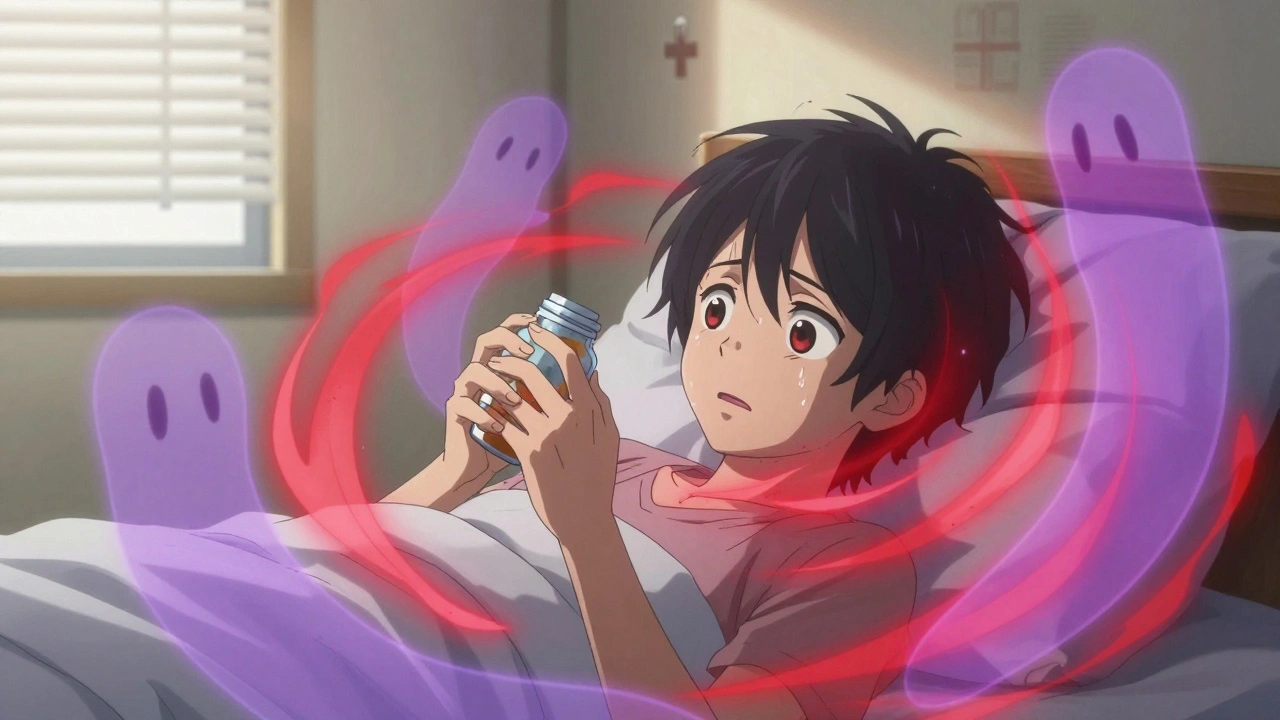Soolantra (Ivermectin Cream): What It Does and How to Use It
Soolantra (ivermectin) is a prescription topical cream used to treat inflammatory rosacea. It reduces pimples, bumps, and redness by lowering inflammation and targeting tiny skin mites that can worsen symptoms. Many people notice improvement in a few weeks, with clearer skin often visible by three months.
How to use Soolantra and what to expect
Apply a pea-sized amount to each affected area once daily to clean, dry skin. Spread gently, and wash hands after applying. Use it consistently; skipping doses delays results. Avoid other strong topical acne products at the same time unless a doctor approves.
Mild irritation, stinging, or dry skin is common during the first days. Redness or slight peeling may appear but usually settles. Stop and contact your healthcare provider if you get severe burning, swelling, or signs of an allergic reaction. Serious side effects are rare but require prompt medical attention.
Topical metronidazole and azelaic acid also treat inflammatory rosacea and pustules. Soolantra has an anti-parasitic action that may help when Demodex mites are involved, which can make it more effective for some people. Oral antibiotics like doxycycline are a common next step for moderate to severe inflammation or when topical options aren’t enough. Your clinician will pick the best option based on how your skin reacts, medical history, and lifestyle.
Buying, safety, and follow-up
Buy Soolantra from a licensed pharmacy and only with a valid prescription. Check pharmacy reviews, contact details, and verification seals before buying online. Avoid sites that promise medication without a prescription or offer unusually low prices with no clear company information. Store the cream at room temperature, away from heat and direct sunlight.
Soolantra is generally for adults; teens may use it under doctor supervision. If you are pregnant or breastfeeding, discuss risks and benefits with your provider because safety data are limited. Tell your clinician about other skin conditions and medications to avoid interactions or irritation.
Cleanse with a gentle, non-abrasive cleanser and use a simple moisturizer to reduce dryness. Use sunscreen daily because rosacea skin can be sensitive to sun and UV can worsen redness. Keep a treatment diary: note application days and skin changes so you can report progress clearly. If you don’t see improvement after about twelve weeks or your symptoms get worse, schedule a follow-up to reassess treatment. Sometimes combining a topical with an oral option or switching products will deliver faster relief.
Expect gradual change and avoid aggressive scrubs that can flare rosacea. If you take systemic medications for other conditions, ask your pharmacist about potential interactions before starting Soolantra. Share a full medication list with your prescriber at every appointment. Small lifestyle steps — gentle routines, sunscreen, and stress management — often help results and keep flare-ups down. Keep notes and stay patient; skin healing takes time. Ask questions. Stay informed always.
Soolantra Cream: The Real Deal for Rosacea and Skin Mite Troubles
Learn how Soolantra cream works for treating rosacea and skin mites, why it has become a favorite among dermatologists, and realistic tips on using it for clear, healthy skin.






